I want to like Dan Savage.
Really, I do. He’s witty and irreverent and often the things he says are right on the money.
But every now and then, he says something that leaves me scratching my head and wondering what color the sky is on his planet. He has in the last few years backtracked from the notion that there’s no such thing as bisexuality (a claim that seems so absurd on the face of it that it’s hard for me to understand why it still has any currency whatsoever), but when it comes to polyamory, it’s hard to find anything to like about his ideas.
Recently, he penned a column in which he asserted point-blank that polyamory is not an orientation:
Poly is not a sexual identity, PP, it’s not a sexual orientation. It’s not something you are, it’s something you do. There’s no such thing as a person who is “a poly,” just as there’s no such thing as a person who is “a monogamous.” Polyamorous and monogamous are adjectives, not nouns. There are only people—gay, straight, bi—and some people are in monogamous relationships, some are in open relationships, some are in polyamorous relationships, some are in monogamish relationships, some are in four-star-general relationships. These are relationship models, PP, not sexual identities.
What’s most interesting about this is that it mirrors almost precisely the attitude of folks who believe that homosexuality is an activity, not an orientation–that there is no such thing as “a gay” or “a straight” but merely those who engage in homosexual activities and those who don’t. Dan Savage’s words would be right at home in Ministry Today Magazine, which ran an article that claimed something similar about sexual orientation:
The language of “orientation” has allowed us to relinquish our responsibility for specific behaviors, to psychologize our conduct and to label each other as drunkards, abusers, adulterers, liars, homosexuals and so on, based on the sins we are most likely to commit. This system is convenient both for those who do not struggle with any of the sins that happen to be “socially-unacceptable” at the moment and for those looking for an external excuse for their sinful behavior.
This notion is a standard part of gay “conversion therapies” as well, many of which make claims such as “There is no such thing as a homosexual man” and “There are no homosexuals, there are only people with homosexual problems.”
Ideas like this are founded in a worldview that is remarkably resilient in the face of contradictory evidence. No matter how many people claim to have been born gay, religious conservatives hang on to the notion that there is no such thing as a homosexual; no matter how many people claim to be polyamorous, there are folks who stubbornly cling to the notion that polyamory is something we do rather than something we are.
Now, in a twisted kind of way, there is something like a kernel of truth to this. There are only people, and some are in gay relationships, and some are in straight relationships, and some have had partners of various different sexes, sexual identities, and gender identities…but in a sense, all of these things might be described as “activities.” A gay man is, presumably, physically capable of sexual contact with a woman; a straight man is physically capable of sexual contact with another man.
Similarly, people who are strongly polyamorous are physically capable of having only one romantic partner, and people who are nominally monogamous are physically capable of having multiple lovers.
But such a view is facile. A gay man might possess the physical capability of having sexual intercourse with a woman, but what that ignores is that man might not be capable of being happy in a sexual relationship with a woman. It will probably feel on some level deeply unsatisfying, if not downright unnatural, for a gay man to have a relationship with a woman; and such a relationship would not satisfy the basic needs he has, just like a relationship with another man would likely be profoundly unsatisfying to a straight man.
The same is true of polyamorous relationships. I could no more be happy in a monogamous relationship than I could be in a relationship with another man; such a relationship would feel, on a basic level that seems to have nothing to do with conscious choice, deeply unnatural, constricting, and wrong to me.
I’ve always been this way. There has never been a time in my life when monogamy made any sense to me, much less seemed like a desirable thing. As a young child, I could not understand the fairy tales about the princess choosing between two princes; since princesses live in castles, it seemed like there was plenty of room for both of them! When I started becoming aware that boys and girls were different, it baffled me why I would be expected to want a partner who belonged only to me.
Some folks argue that the existence of bisexuality proves there’s no such thing as innate sexual orientation. This claim makes little sense; the fact that some people are not strongly “wired” one way or the other does not prove that there’s no such thing as people who are. (In technical terms, this argument commits the inductive fallacy of division; the idea that innate tendency toward an exclusive sexual orientation exists in humans does not necessarily imply that every single human has such innate exclusive sexual orientation.)
Similarly, the fact that some folks seem to be able to move between polyamorous and monogamous relationships does not demonstrate that, for other folks, a tendency toward monogamy or polyamory is an immutable factor in their psychological makeup. There are people who can only be happy in same-sex relationships, people who can only be happy in opposite-sex relationships, and people who can (to various degrees with various partners) be happy in relationships with a wide range of partners of sexual identities and orientations. Similarly, there are people who can only be happy in polyamorous relationships, people who can only be happy in monogamous relationships, and people who, under the right conditions and with the right partner(s), be happy in a number of different relationship configurations.
All of this seems obvious to me.
Now, to be fair, I have a bit of an advantage here. I am completely, absolutely, irredeemably straight; no matter how hard I try, the notion of having another male lover simply does not work for me, even as an abstract thought experiment. (That’s a bug, not a feature; it means there’s an entire realm of sexuality I am cut off from, and I resent that.) This makes it easy for me to understand that there might be people who are gay and feel the same way I do about having an opposite-sex partner.
Similarly, I am and have always been polyamorous; it is not possible for me to function in a monogamous relationship and be happy, any more than it would be possible for me to function in a same-sex relationship and be happy; therefore, it’s not difficult to imagine that there are people who feel the same way about monogamy.
Dan Savage isn’t polyamorous…but he isn’t monogamous, either. He’s described himself as “monogamish,” which as near as I can tell means something like “potentially sexually open in some limited ways.” My impression is that he doesn’t feel strongly compelled to polyamory or monogamy; ergo, he doesn’t have the personal experience that such strong compulsions exist. We all tend to re-create the world in our own image. Perhaps he can be excused for thinking that there’s no such thing as “a polyamory” or “a monogamy,” since he personally seems to be neither of those things.
But just as the existence of bisexuality does not prove that sexual orientation is a myth, the existence of people who can take or leave monogamy doesn’t prove that relationship orientation is a myth.
Ultimately, in a moral sense, it doesn’t much matter whether things like sexual orientation or relationship orientation are innate. Well, I mean, it does in the sense that the more we understand about who we are as a species, the better that is…but from a moral or legislative standpoint, it seems to me that simply acknowledging the fact that there are a lot of different people in the world and not everyone has the same needs would go a long way toward increasing human happiness.
That’s a tough sell, though. There are many people intent on hanging onto the notion that there is one “right” way to be. The notion that sexual orientation is innate is a powerful one because it plays to our sense of fairness; if it’s an unchangeable part of who we are, rather than an action that we do, then discriminating against people who are this way is a bit like discriminating against people based on the color of their skin or the place where they were born or some other factor outside their control.
I personally think that our genes influence our behavior a whole lot more than we’re comfortable acknowledging. Hell, I’ve written before that a mutation of a single nucleotide in a gene that codes for a receptor in our brains can radically alter our sexual behavior. It really doesn’t seem like a stretch to me that the interactions of our genes will create huge implications for who we love, how we love them, and what form our relationships take.
I doubt that there’s a “poly gene” or a “gay gene.” Unless you’re talking about peas, genetics is almost never that straightforward; almost everything you learned about genetics in elementary school is a grotesque oversimplification. I mean, hell, we have standard poodles, and the color of their fur is determined by some really complex interactions of no fewer than nine genes. Nine genes, just for their fur color!1 Attributing complex high-order sexual behavior to just one gene seems…silly.
But that doesn’t mean that sexual and relationship orientations don’t exist, nor that they are not determined by our biological makeup. It just means that there’s not one gene that flips the switch from straight to gay or from monogamous to polyamorous.
It’s more complex than that. And I wish people like Dan Savage would acknowledge that.
1 In case you’re wondering, the genes are referred to as C (the gene for producing melanin); S (pigmentation distribution; there are several mutant alleles, which produce different patterns of spotting, such as Irish spotting and piebald spotting); A (agouti) and E (extension), which affect the proportion of pigmentation (mutant alleles produce lighter or stronger pigmentation, and the interaction of these genes produces browns, reds, and yellows in dogs); B, which controls the size of melanin pigmentation granules (dogs with the mutant gene will be brown rather than black, unless the gene occurs in combination with mutant A and/or E alleles); D, the “dilute” gene, which changes the intensity of pigmentation (and in combination with A and E can result in white or cream colored dogs); R (Rufus), a gene which can cause expression of red and which works in combination with A and E can produce the range of reds from apricot to Irish Setter red); G, a gene that causes coat color to change over time and is responsible for “blue” coat color (which starts out black and fades as the dog matures); and a partially dominant gene called V, which controls coat color in a complex way that produces silvers and silver-greys but which can also lead to coat fading that resembles blues. All of these genes can occur in just about any combination and with dominant or recessive alleles; for instance, BBeevv results in an apricot poodle, unless there is a double recessive mutation of the R gene present, in which case the poodle will be red…if there isn’t a recessive D gene at play, which can turn that apricot or red into cream, but not the same cream that you get with BBeeVv, a combination that looks the same but produces different color combinations in the offspring…you get the idea.


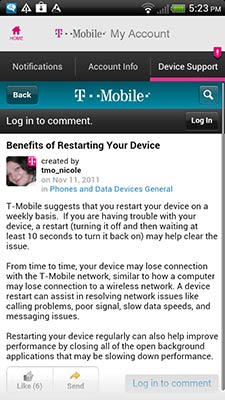

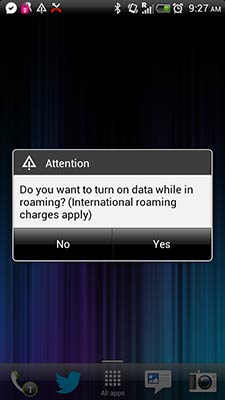
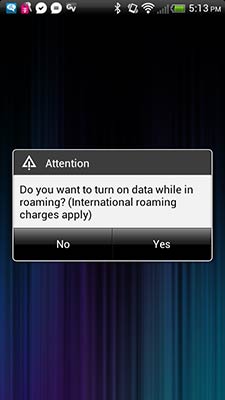


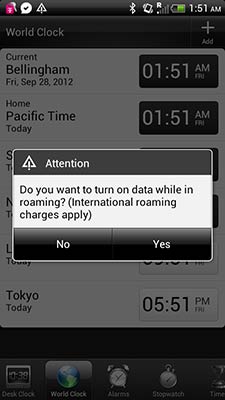


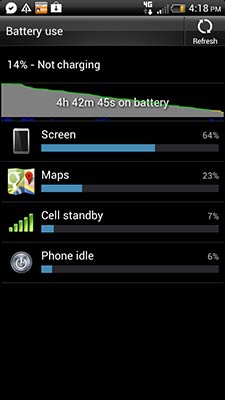

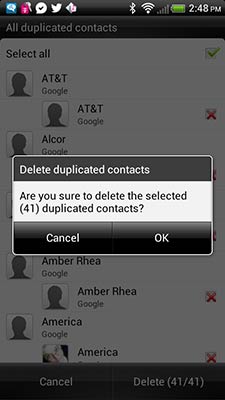
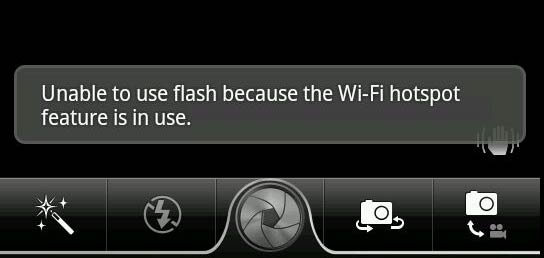

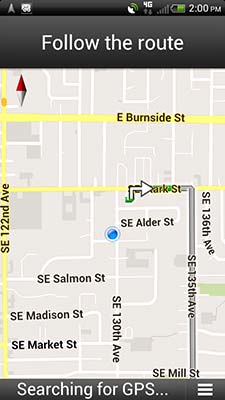

 The Statue of Liberty was dedicated in October of 1886. The Civil War had only recently ended,and Reconstruction was in full swing. On the day the Statue of Liberty was dedicated, the requirement that you had to be a landowner in order to vote had only been abolished six years ago. Naturalized US citizens were still not permitted to vote. Blacks had only first been offered the vote sixteen years earlier, and many barriers faced any black man attempting to exercise that right; it would be another 79 years before the Voting Rights Act allowed blacks to vote in every state.. Women were still more than three decades away from being allowed to vote. The poor were still barred from voting by poll taxes, and would be for another 78 years. Native Americans were still 38 years from being enfranchised.
The Statue of Liberty was dedicated in October of 1886. The Civil War had only recently ended,and Reconstruction was in full swing. On the day the Statue of Liberty was dedicated, the requirement that you had to be a landowner in order to vote had only been abolished six years ago. Naturalized US citizens were still not permitted to vote. Blacks had only first been offered the vote sixteen years earlier, and many barriers faced any black man attempting to exercise that right; it would be another 79 years before the Voting Rights Act allowed blacks to vote in every state.. Women were still more than three decades away from being allowed to vote. The poor were still barred from voting by poll taxes, and would be for another 78 years. Native Americans were still 38 years from being enfranchised.
















 It might seem like those two ideas–that love is abundant and that connections between any two people are rare and improbable–are contradictory, but they’re not.
It might seem like those two ideas–that love is abundant and that connections between any two people are rare and improbable–are contradictory, but they’re not.